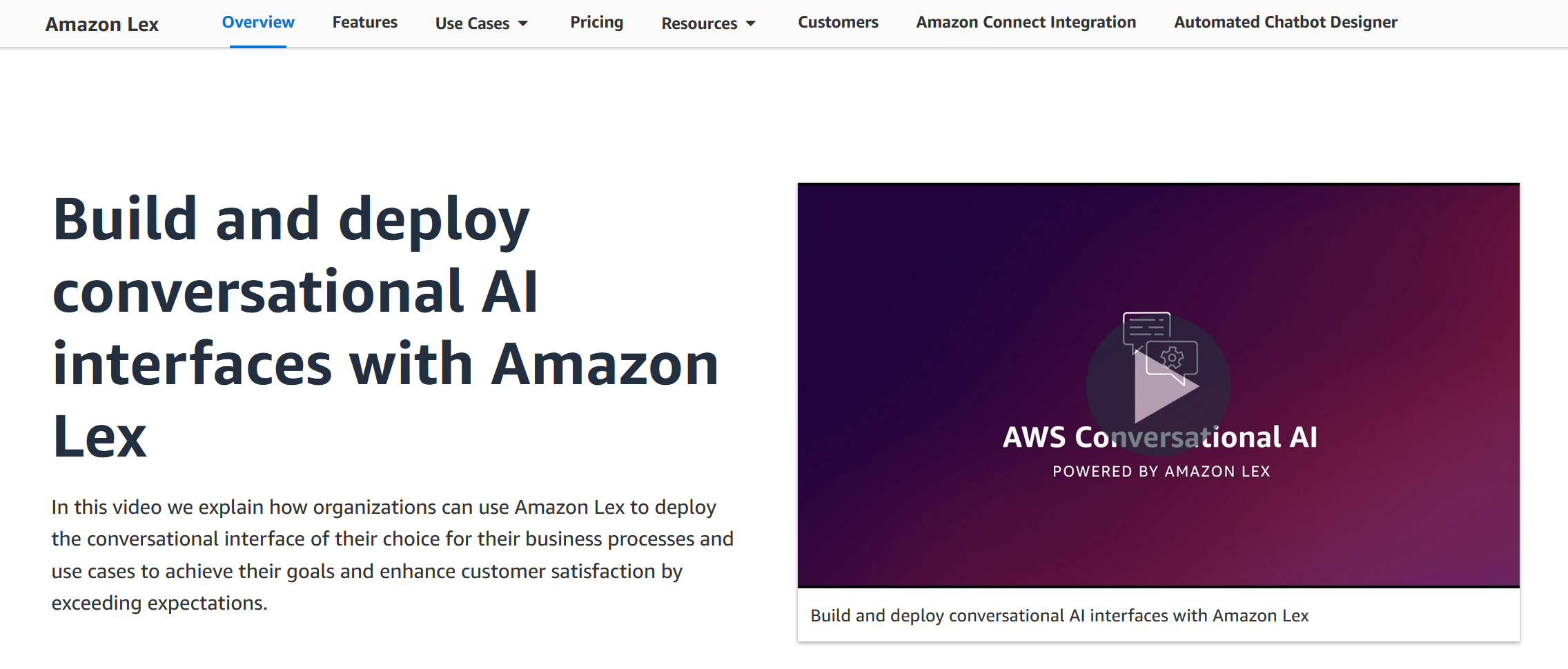Machine learning algorithms are an indispensable tool for modern businesses, helping them optimize and automate numerous processes. And the emergence of platforms for automated development and implementation of ML models has made these technologies even more convenient and accessible. In this article, we will tell you what AutoML is and how it works, what its advantages are, areas of application, and future development prospects.
What is AutoML
The term AutoML (Automated Machine Learning) refers to the process of automated development and tuning of machine learning models. It involves a number of operations, including data preprocessing, feature engineering, model selection, and parameter tuning. Automation technologies simplify and speed up this procedure, as well as increase the accuracy of its results, compared to creating algorithms manually.
Specialized AutoML platforms make the creation and deployment of ML models accessible to non-specialists thanks to their clear and user-friendly interface. With their help, teams and companies can spend less time and other resources on machine learning processes by reducing manual labor and streamlining routine, repetitive tasks.

The following AutoML tools will be in the greatest demand in 2024:
- Google AutoML. A set of tools and services for developing ML models as part of the Google Cloud Platform. Suitable for businesses and individual users. Includes AutoML Vision for training image recognition algorithms, AutoML Natural Language (natural language processing), AutoML Tables (structured data processing), etc.
- AutoKeras. An open-source Python library for automated machine learning. Based on the well-known deep learning library, Keras. Automatically searches for the best neural network architecture for a given data set and task, which simplifies the development of an ML model.
- Auto-Sklearn. Another open-source Python library based on the popular ML library Scikit-learn. It uses Bayesian search to automatically train and select the best model variants, as well as hyperparameter tuning to improve performance.
- Amazon Lex. A module within Amazon Web Services, it provides tools for automated development of NLP interfaces for services and applications. It allows users to create chatbots and other dialog interfaces.
- H2O AutoML. The platform provided by H2O.ai allows you to train ML models for a wide range of tasks, including regression, classification, and clustering. In addition, it automatically finds the best combination of hyperparameters, as well as stores, manages, and deploys finished models.
How AutoML Works
In this section, we will talk about the key principles of the best AutoML tools. Platforms of this type optimize the stages of ML algorithm development: from the initial processing of datasets to the deployment of the finished model. This significantly reduces the time to obtain the result compared to the traditional method, in which each stage is performed manually. They create multiple pipelines that automatically test different algorithms and parameters with specified functions.
A typical automated model training process using AutoML tools includes the following steps:
- The user uploads input data based on which the ML model will be trained. As a rule, they are a set of prepared and cleaned big data.
- AutoML software pre-processes data through normalization and feature engineering. This improves the accuracy of the models created.
- Based on the prepared data, the platform trains several versions of ML models using different algorithms and hyperparameters. This allows selecting the most optimal option.
- It then automatically evaluates the performance and accuracy of the results by comparing the trained models with each other and selecting the best one. The selected option is used as the output data system.
- The final version of the ML model is deployed by the user and begins to perform the tasks intended for it.
Benefits of AutoML
Automated Machine Learning has a wide range of advantages, including:
- Efficiency. AutoML platforms significantly reduce the time and other resources required to train and deploy ML models. They can effectively automate data preprocessing, feature engineering, model evaluation and selection, and hyperparameter tuning.
- Savings. Automation of machine learning provides significant cost savings. The use of AutoML systems allows businesses to optimize expenses on hiring specialists and purchasing equipment to perform these processes manually.
- Performance. The tools have proven themselves in terms of improving the performance of ML models. By automating repetitive tasks, developers can more quickly and accurately determine the most suitable algorithms to solve a specific problem.
- Scalability. AutoML platforms demonstrate decent results when scaling machine learning processes. They efficiently process large datasets and train ML models on their basis in distributed computing systems.
- Accessibility. The clear and user-friendly interface of these systems with a low entry threshold makes the processes of developing and implementing ML models more accessible to users without a technical background. Thanks to them, developers do not need to apply deep knowledge of algorithms and machine learning methods.
- Human-in-the-loop. Another important advantage of the method is the ability to use it in human-in-the-loop mode — training the model based on user feedback. This helps to better control the process and fine-tune the parameters.


Use Cases and Applications of AutoML
AutoML use cases overlap in many ways with the application of traditional machine learning methods. Among them are the following:
Predictive analytics
With the help of such platforms, companies and organizations create accurate predictive models for key business processes. Including forecasting demand or customer churn, predictive maintenance, risk assessment, etc. AutoML is actively used in predictive analytics applications in many industries, including manufacturing, retail, finance, healthcare, etc.
Computer vision
AutoML technologies are in high demand in the development of computer vision applications. They can be used to automate the processes of building ML models for image classification and segmentation, as well as object detection. Popular platforms Google AutoML Vision and Microsoft Azure Custom Vision allow users to independently train machine vision models based on labeled datasets with images.
Natural Language Processing (NLP)
Machine learning automation is actively used in the field of natural language processing (NLP). The method accelerates and simplifies the development of ML models for text generalization, sentiment analysis, and named object recognition. Platforms such as AutoNLP Hugging Face or Google AutoML Natural Language automate the processes of training and fine-tuning NLP models based on user datasets. The tools they offer allow developers to create complex AI/ML applications for natural language processing in a short time without large resource costs.
Classification
Another of the main areas of application of AutoML platforms is the development of classification models capable of automating operations on data analysis and distribution. Its most common categories are the classification of text and images by user labels, as well as the extraction of various types of data from text (phone numbers, website addresses, email, etc.)
Automated machine learning is used to solve various problems in different business sectors. Typical examples include fraud tracking and risk assessment/management in banking, finance, and insurance. It also includes spam email, malware, and other cybersecurity processes, customer service chatbot development, predictive analytics in marketing, content recommendations on social media, etc.
Importance and Future Prospects of AutoML
AutoML solutions bring significant benefits to companies and organizations by making the processes of developing and deploying machine learning models accessible to non-specialists. Manual training of ML models requires developers to have in-depth knowledge of algorithms, statistics, and programming, which slows down the development and distribution of these technologies. AutoML helps to overcome the barrier by simplifying and accelerating the processes involved. These platforms are not only beneficial for business, but are also important for progress in general — they stimulate innovation and help effectively solve urgent problems of humanity.
The capabilities and advantages of automated machine learning described in the article are far from the limit of AutoML development. The technologies have very promising prospects and are capable of radically changing the AI/ML industry in the near future. Experts suggest that these platforms may soon become an integral part of development tools and acquire even more powerful tools. For example, such as:
- Advanced Neural Architecture Search (NAS) will expand the capabilities for automating the development of deep learning models.
- Cross-domain model transfer allows knowledge and experience from one domain to be applied to solve problems in other domains.
- Enhanced protection of ML models from unauthorized access will ensure additional confidentiality and data security.
AutoML platforms are rightfully considered game-changers in the field of machine learning and data science. Today, they are at an early stage of their development, but they already bring significant benefits to developers and users of ML models. The solutions presented in the article greatly accelerate and simplify the development, training, and deployment of machine learning algorithms. Thanks to them, companies and organizations require significantly fewer resources to create scalable and interpretable models to perform their tasks.
Also read on our blog:
- Comprehensive Review: Exploring the AI Capabilities of Databricks
- Perplexity AI: The AI-Powered Search Engine Revolutionizing Information Access
- Mistral AI: Revolutionizing Artificial Intelligence
- Mastering Cohere: A Guide to Advanced AI Language Models
- Understanding Kaggle: A Beginner's Guide to the Data Science Platform
